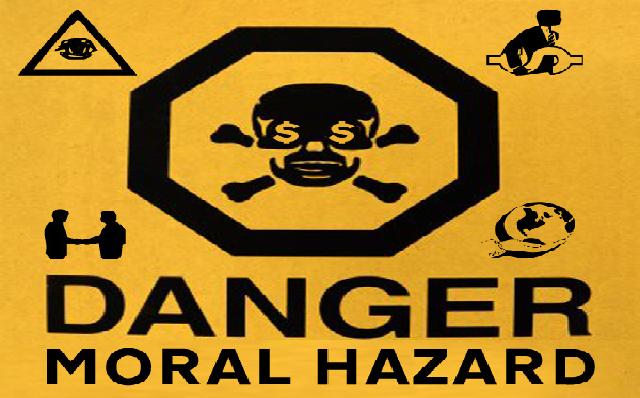Board of Governors of the Federal Reserve System
International Finance Discussion
IFDP 1043
March 2012
The Effect of TARP on Bank Risk-Taking
Lamont Black and Lieu Hazelwood
ABSTRACT:
One of the largest responses of the U.S. government to the recent financial crisis was the Troubled Asset Relief Program (TARP). TARP was originally intended to stabilize the financial sector through the increased capitalization of banks. However, recipients of TARP funds were then encouraged to make additional loans despite increased borrower risk. In this paper, we consider the effect of the TARP capital injections on bank risktaking by analyzing the risk ratings of banks’ commercial loan originations during the crisis. The results indicate that, relative to non-TARP banks, the risk of loan originations increased at large TARP banks but decreased at small TARP banks. Interest spreads and loan levels also moved in different directions for large and small banks. For large banks, the increase in risk-taking without an increase in lending is suggestive of moral hazard due to government ownership. These results may also be due to the conflicting goals of the TARP program for bank capitalization and bank lending.
Full report below…
~
4closureFraud.org
~
The Effect of TARP on Bank Risk-Taking


No Comment